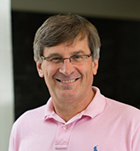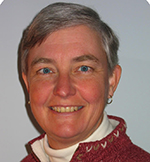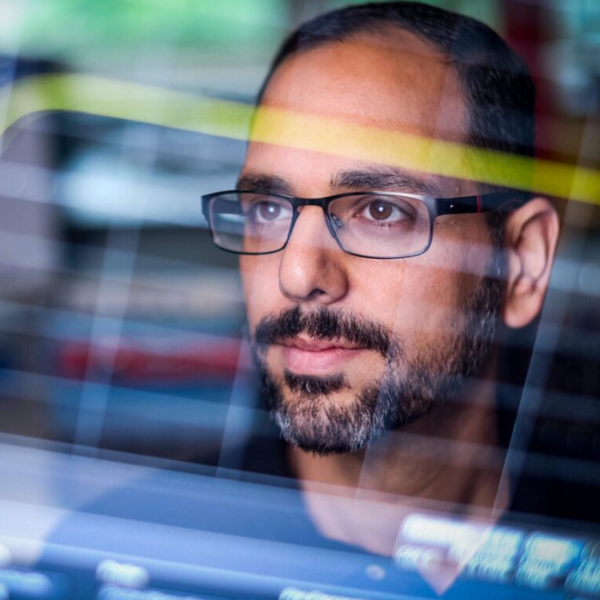Boleslaw Wyslouch, Director

Professor Boleslaw (Bolek) Wyslouch joined MIT in 1982 as a research associate and doctoral student with the Electromagnetic Interactions (EMI) group, earning a PhD in physics in 1987. After postdoctoral appointments at MIT's Laboratory for Nuclear Science (LNS) and the European Laboratory for Particle Physics (CERN) in Geneva, Switzerland, he joined the MIT faculty in the Department of Physics in 1991 as an Assistant Professor. He became an Associate Professor with tenure in July 1998, and in July 2002 he was promoted to full Professor.
Prof. Wyslouch is the Director of MIT’s Laboratory for Nuclear Science (LNS) and a member of the Relativistic Heavy Ion Physics Group. His research is focused on the studies of extremely hot and dense states of nuclear matter using very energetic collisions of heavy ions. He is one of the founders and leaders of the heavy ion program in the Compact Muon Solenoid (CMS) experiment at the Large Hadron Collider (LHC) at CERN in Geneva, Switzerland. His work is closely related to the work of Professors Gunther Roland, Yen-Jie Lee and Wit Busza at MIT.
The earliest runs of the LHC showed that hot plasma strongly suppresses production of high-energy jets, redistributing the jet energy among slow particles. The CMS heavy ion group discovered surprisingly strong collective effects in ion-ion collisions, as well as in proton-proton and proton-ion collisions. The heavy ion physics program at the LHC is entering a new phase in 2015 with the highest energies ever created in the laboratory and with much-increased luminosities.
Before joining CMS, Wyslouch conducted multiple high-energy and nuclear physics experiments at DESY, CERN and the Brookhaven National Laboratory RHIC facility. He took a leadership role at Brookhaven in building PHOBOS, a detector designed to study the quark-gluon plasma.
Prof. Wyslouch was recognized for his contribution to education at MIT with a 2004 William W. Buechner Teaching Prize. He was elected a Fellow of the American Physical Society in 2013.


